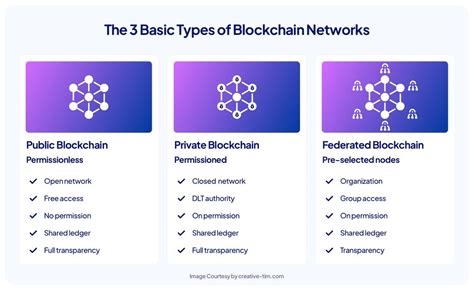بلاگ
Ethereum: What are the advantages/disadvantages of a continuously decreasing block reward compared to the current method?
Ethereum: What are the advantages and disadvantages of a continuously decreasing block reward compared to the current method?
Like Bitcoin, the Ethereum blockchain has a limit of 21 million tokens. In order to keep the number of unique addresses relatively small and manageable, developers have implemented various mechanisms to control the block reward. One such mechanism is to reduce the block reward by 50% every 210,000 blocks, a period known as a “block reward halving.”
In this article, we examine the advantages and disadvantages of a continuously decreasing block reward compared to the current method.
Advantages of a continuously decreasing block reward
- Less centralization: By reducing the block reward by 50% every 210,000 blocks, the Ethereum network becomes less centralized. This is because fewer individuals can control the block reward, making it harder for a single entity to manipulate the network.
- Increased Adoption: The reduced block reward encourages more people to participate in the network, which leads to increased adoption and usage of the Ethereum platform.
- Reduced Mining Volatility: The reduced block reward can reduce mining volatility as fewer miners are willing to take on risky mining operations. This could lead to a more stable ecosystem for new entrants.
Disadvantages of a Constantly Decreasing Block Reward
- Reduced Transaction Speed
: Reducing the block reward significantly increases transaction processing times, resulting in slower network performance and higher fees.
- Reduced Scalability: The higher mining difficulty required to maintain a 50% shard rate can reduce network scalability, making it harder to onboard new users and execute transactions.
- Increased incentives for mining conglomerates: Lowering the block reward encourages mining conglomerates to accumulate wealth through mining, rather than individual miners contributing to the network.
- Reduced EVM capacity: Lowering the block reward reduces the capacity of the Ethereum Virtual Machine (EVM), which limits the number of smart contracts that can run on the network.
Comparison with the current Bitcoin approach

The current Bitcoin approach involves reducing the block reward by 50% every four years (currently planned for 2025), but not every 210,000 blocks. This approach has both advantages and disadvantages:
Advantages:
- Less centralization compared to Ethereum
- Greater adoption due to lower mining difficulty
Disadvantages:
- Short-term higher transaction processing times and higher fees
- Reduced scalability and higher network congestion
- Encourages mining conglomerates to accumulate wealth through Bitcoin mining rather than individual miners contributing to the network
Conclusion
A steadily decreasing block reward mechanism has both advantages and disadvantages compared to the current approach. While it reduces centralization, increases adoption, and encourages more people to participate in the network, it also leads to slower transaction speeds, scaling issues, and higher mining difficulty.
As Ethereum evolves and improves its scalability solutions (e.g., sharding), a balanced approach that combines decentralized validation mechanisms with incentives for individual miners may be needed. This balance will help keep the number of unique addresses on the network relatively small and manageable, while ensuring greater adoption and usage.
Recommendations
- Implement scaling solutions: Implement solutions such as sharding, off-chain transactions, or layer 2 scaling to improve scalability and reduce congestion.
2nd
